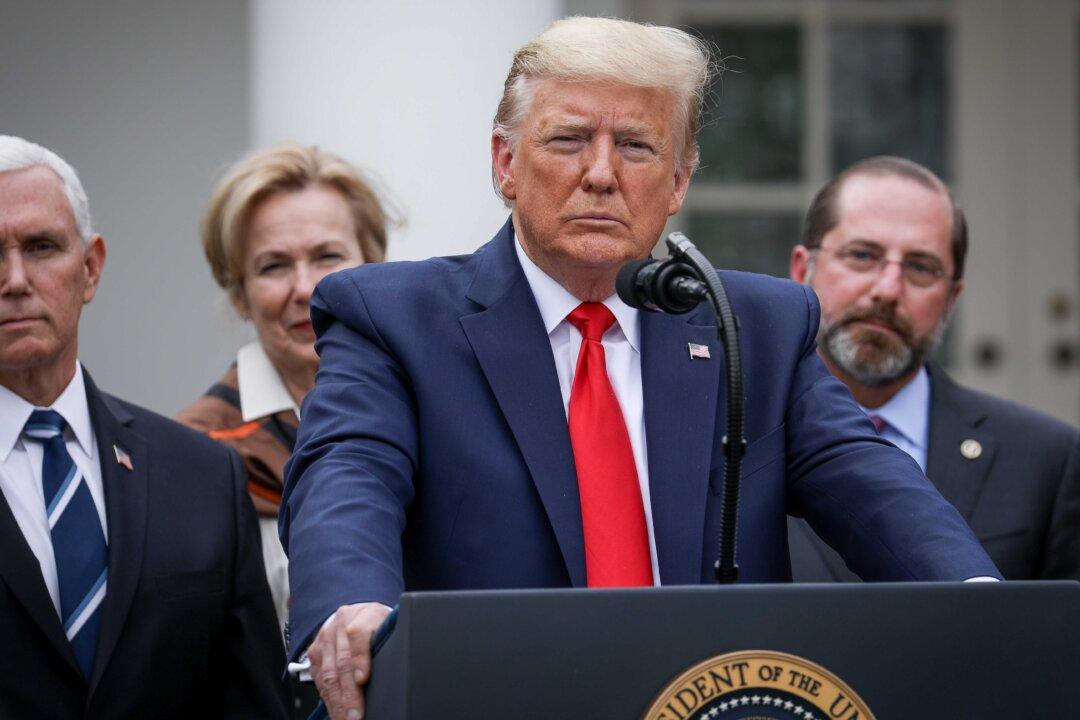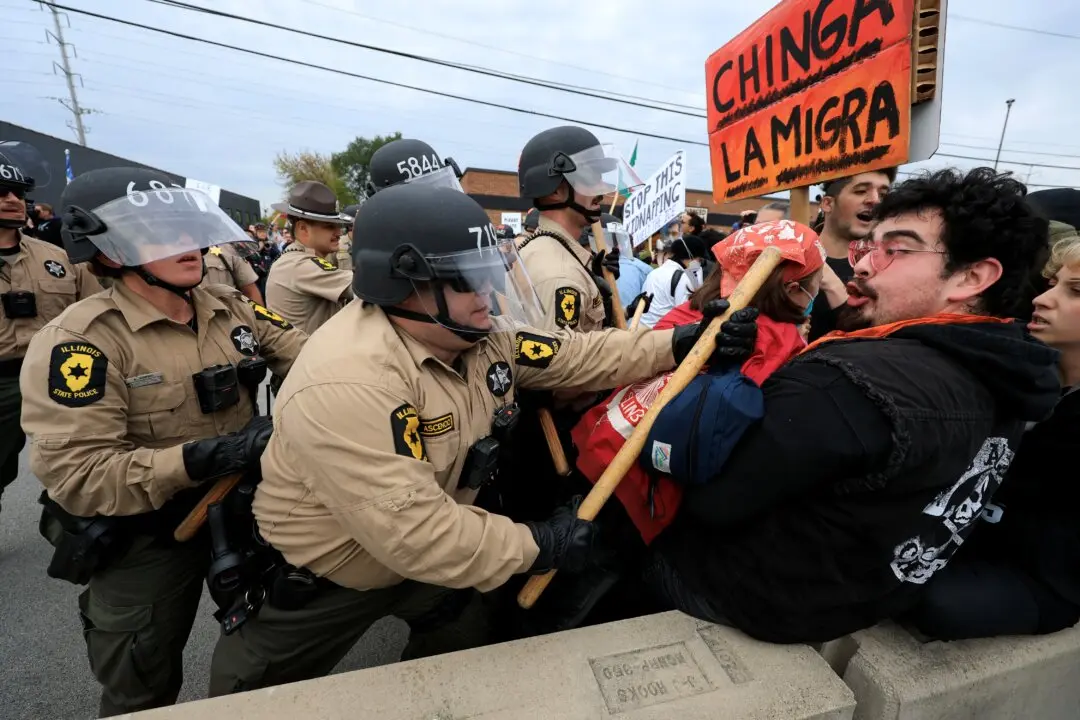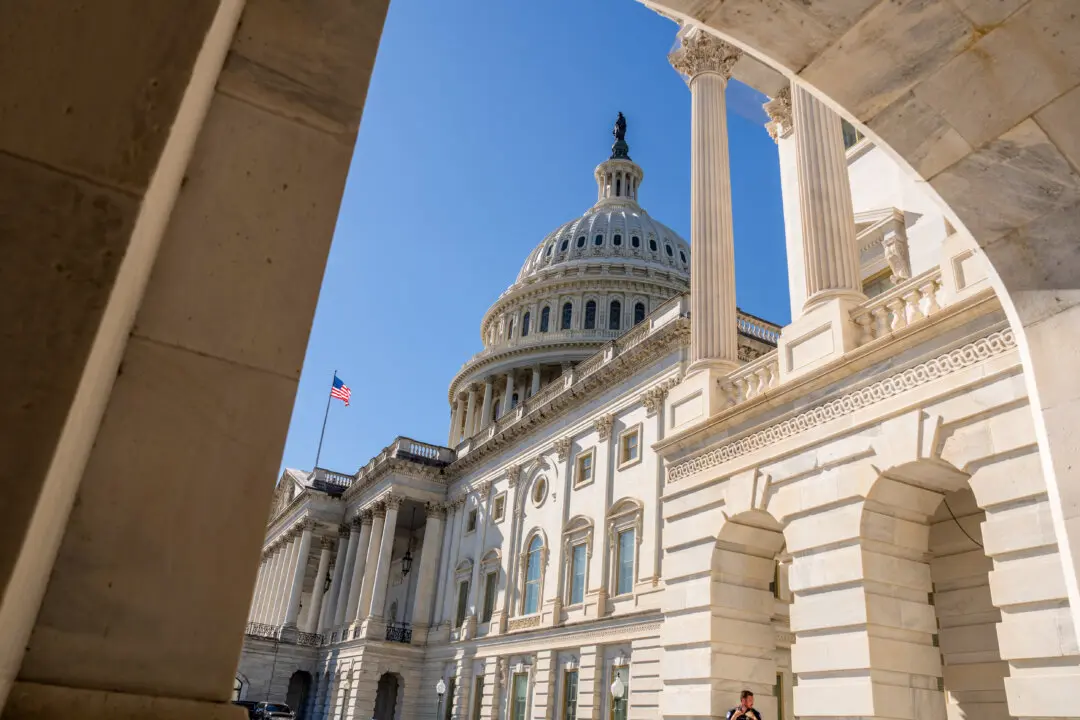Governors can now apply for their share of the $3 billion made available to make sure education continues during the public health emergency, U.S. Secretary of Education Betsy DeVos announced Tuesday.
The $3 billion Governor’s Emergency Education Relief (GEER) Fund is part of the $2.2 trillion aid package, known as the CARES Act, which was approved by Congress and signed into law by President Donald Trump last month. It is designed to be a flexible block grant that would allow governors to decide how much of the money goes to public and private K-12 schools, postsecondary institutions, and other education-related organizations.





